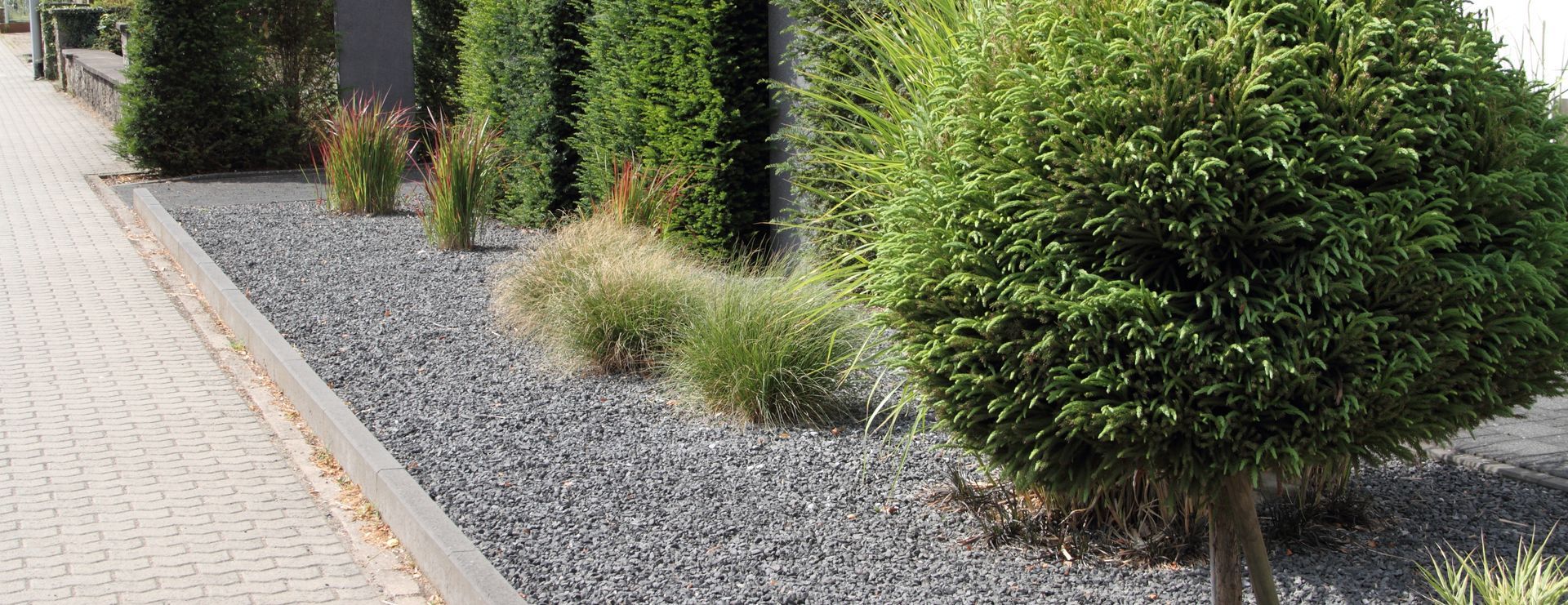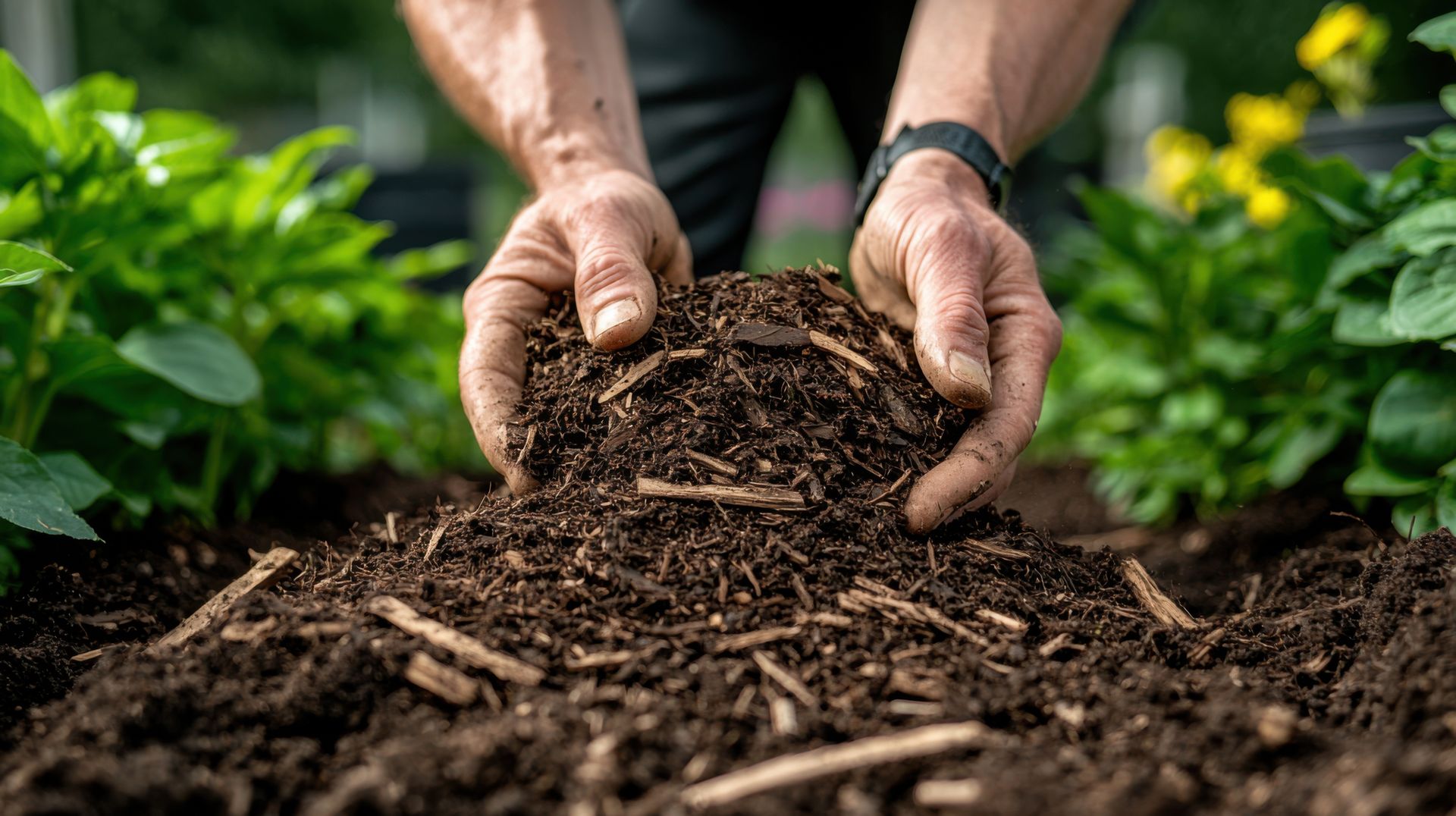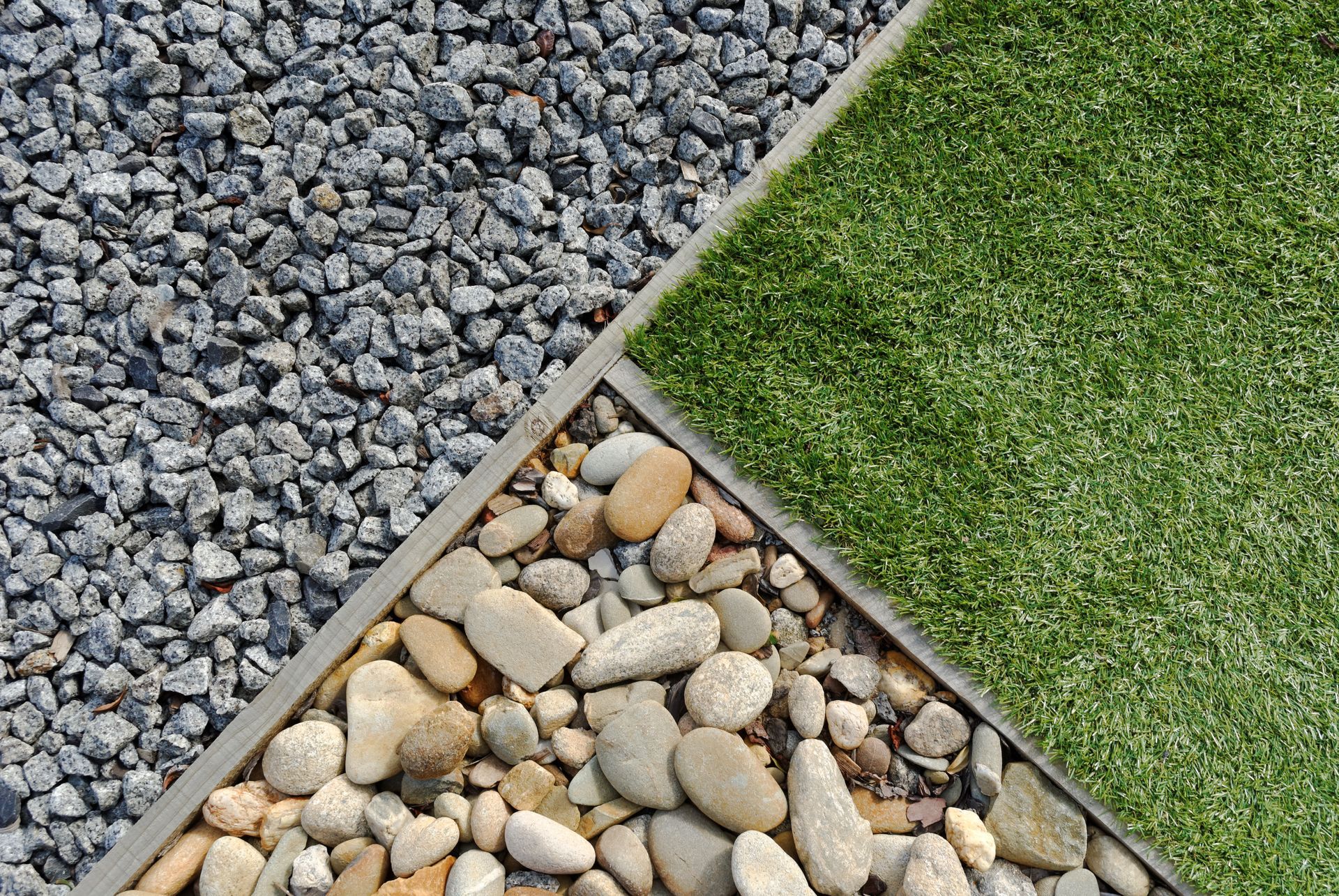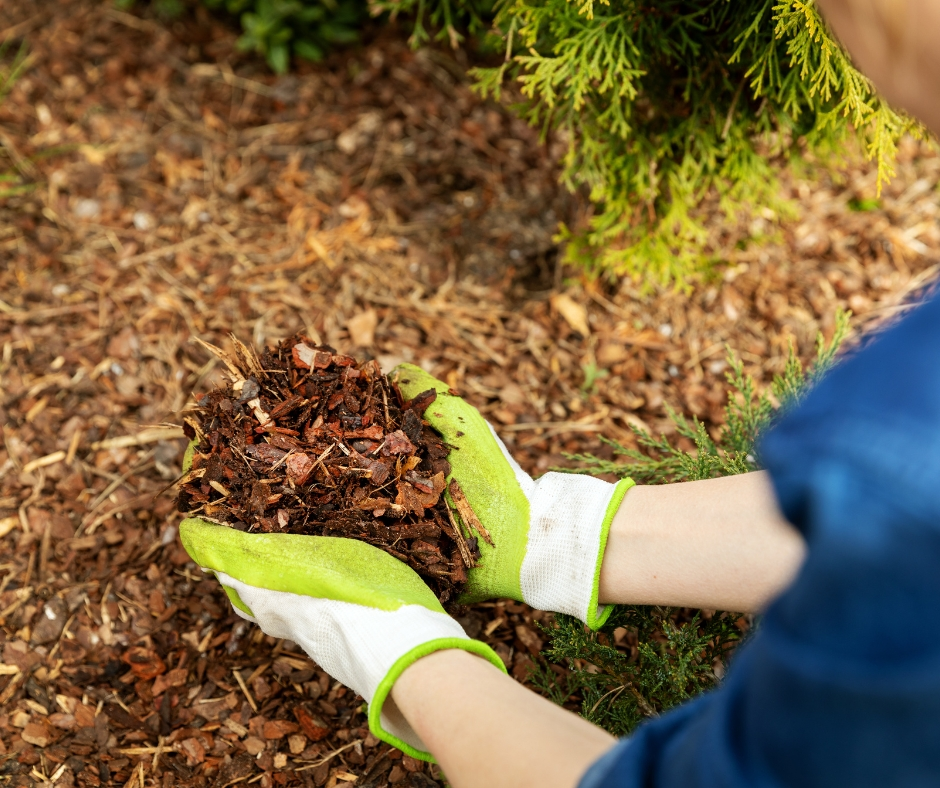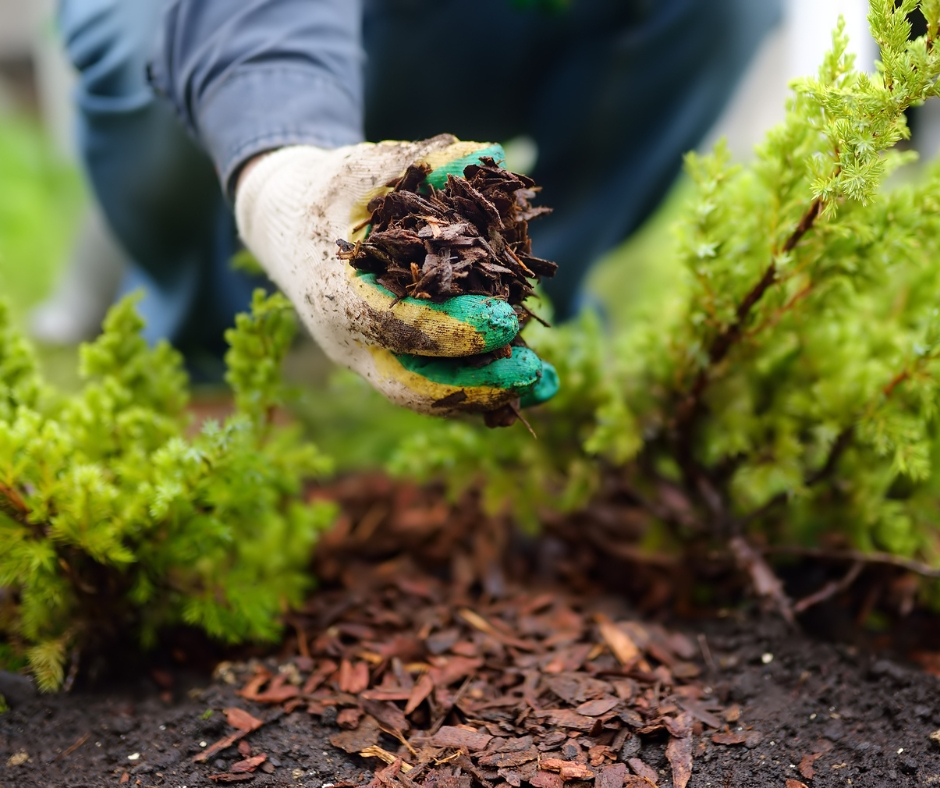The Science of Soil: How to Create the Perfect Growing Environment
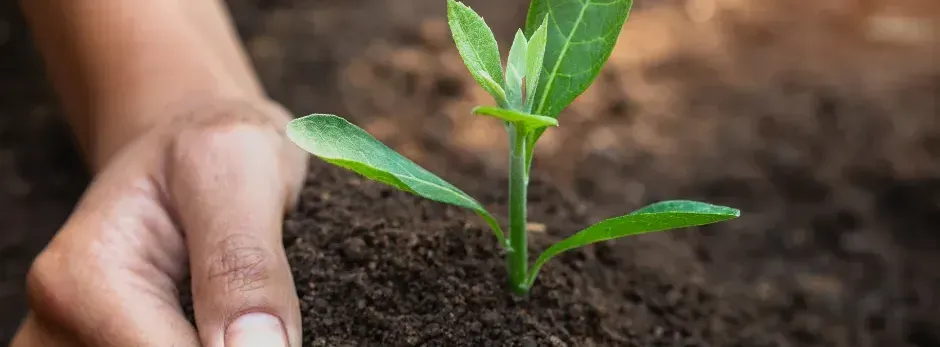
When it comes to successful gardening, whether you're growing flowers, vegetables, or herbs, one of the most critical factors is the quality of your soil. The science of soil is a fascinating and complex field, and understanding it can help you create the perfect growing environment for your plants. In this blog, we will delve into the world of soil science and explore how to optimize your soil for thriving plants.
The Basics of Soil Science
To begin our journey into the science of soil, let's start with the basics. Soil is not just dirt; it's a complex mixture of mineral particles, organic matter, water, air, and microorganisms. Each of these components plays a crucial role in plant growth and overall soil health.
Soil Composition:
- Mineral Particles: Soil contains different-sized mineral particles, classified into three main categories: sand, silt, and clay. The ideal soil composition is often referred to as "loam," which is a balanced mixture of these three particle types.
- Organic Matter:
Organic matter in the form of decomposed plant material (humus) enriches the soil, improves its structure, and provides essential nutrients to plants.
- Soil pH:
The pH level of your soil is a measure of its acidity or alkalinity. Different plants have specific pH preferences. Testing your soil's pH can help you adjust it to meet the needs of the plants you want to grow.
- Soil Microorganisms: A thriving community of microorganisms, including bacteria, fungi, and earthworms, contribute to soil fertility. They break down organic matter, release nutrients, and improve soil structure.
Steps to Create the Perfect Growing Environment
Now that we've covered the basics of soil science, let's explore how to create the perfect growing environment for your plants:
- Soil Testing:
Before you start any gardening project, it's essential to test your soil. You can purchase a soil testing kit or send a sample to a local agricultural extension service. The results will provide valuable information about your soil's pH and nutrient content.
- Soil Amendment:
Based on your soil test results, you may need to amend your soil. You can adjust the pH using lime (to raise pH) or sulfur (to lower pH). Additionally, adding organic matter like compost or well-rotted manure can improve soil structure and nutrient content.
- Proper Watering: Overwatering or underwatering can harm your plants. Ensure your soil has adequate drainage to prevent waterlogging and water your plants based on their specific needs.
- Mulching: Mulch helps conserve moisture, regulate soil temperature, and suppress weeds. Organic mulches like straw, wood chips, or leaves also break down over time, adding nutrients to the soil.
- Crop Rotation: To prevent soil depletion and reduce the risk of pests and diseases, practice crop rotation in your garden. Avoid planting the same type of crop in the same spot year after year.
- Soil Care:
Regularly monitor your soil's condition and adjust as needed. Consider using cover crops to improve soil health during the off-season.
Creating the perfect growing environment for your plants involves understanding the science of soil and taking steps to optimize its composition and health. By testing, amending, and caring for your soil, you can provide your plants with the ideal conditions they need to thrive. Gardening is not just about planting seeds; it's about cultivating a vibrant soil ecosystem that supports the growth of beautiful and healthy plants. So, roll up your sleeves, get your hands dirty, and enjoy the rewards of a well-nurtured garden!

